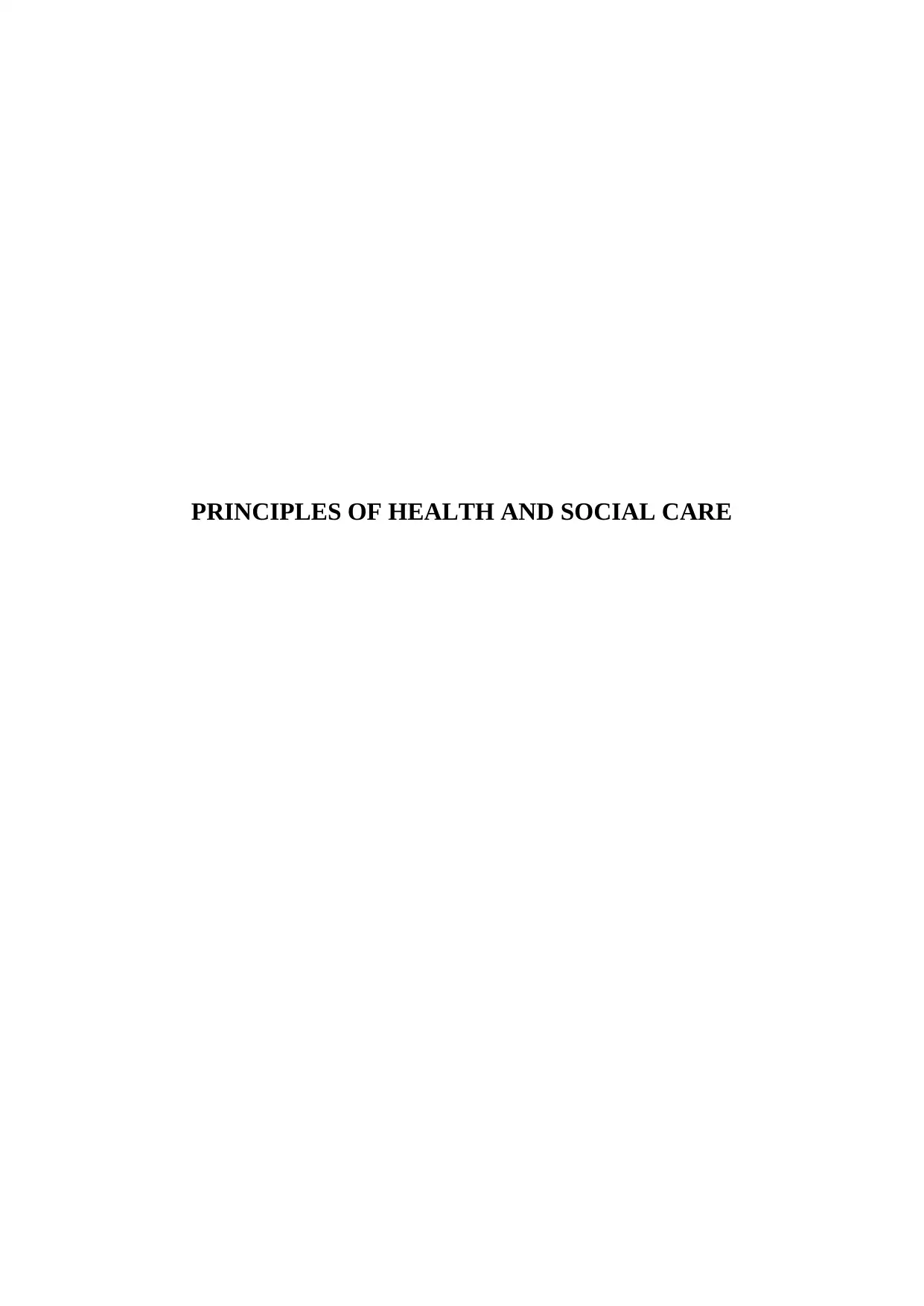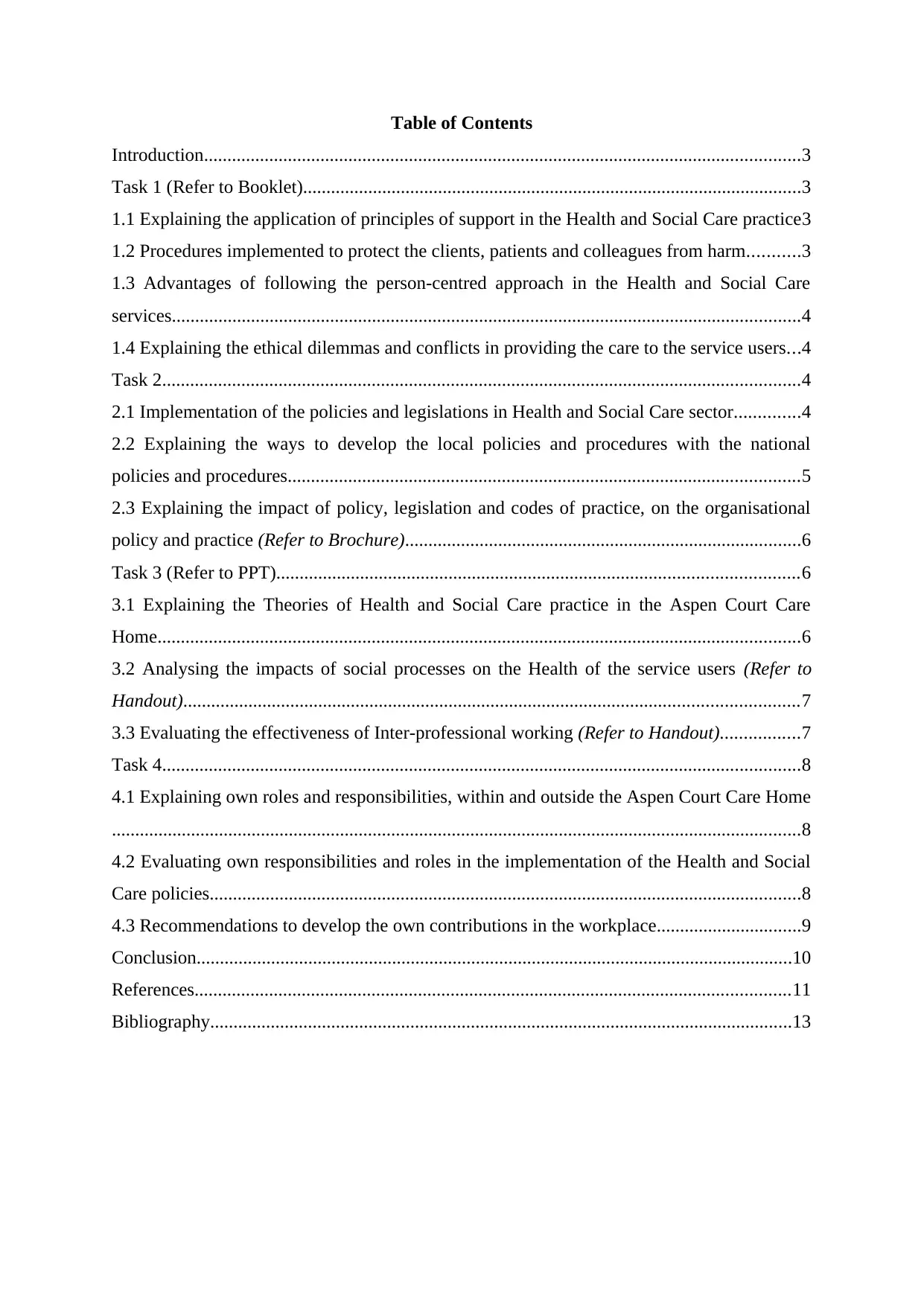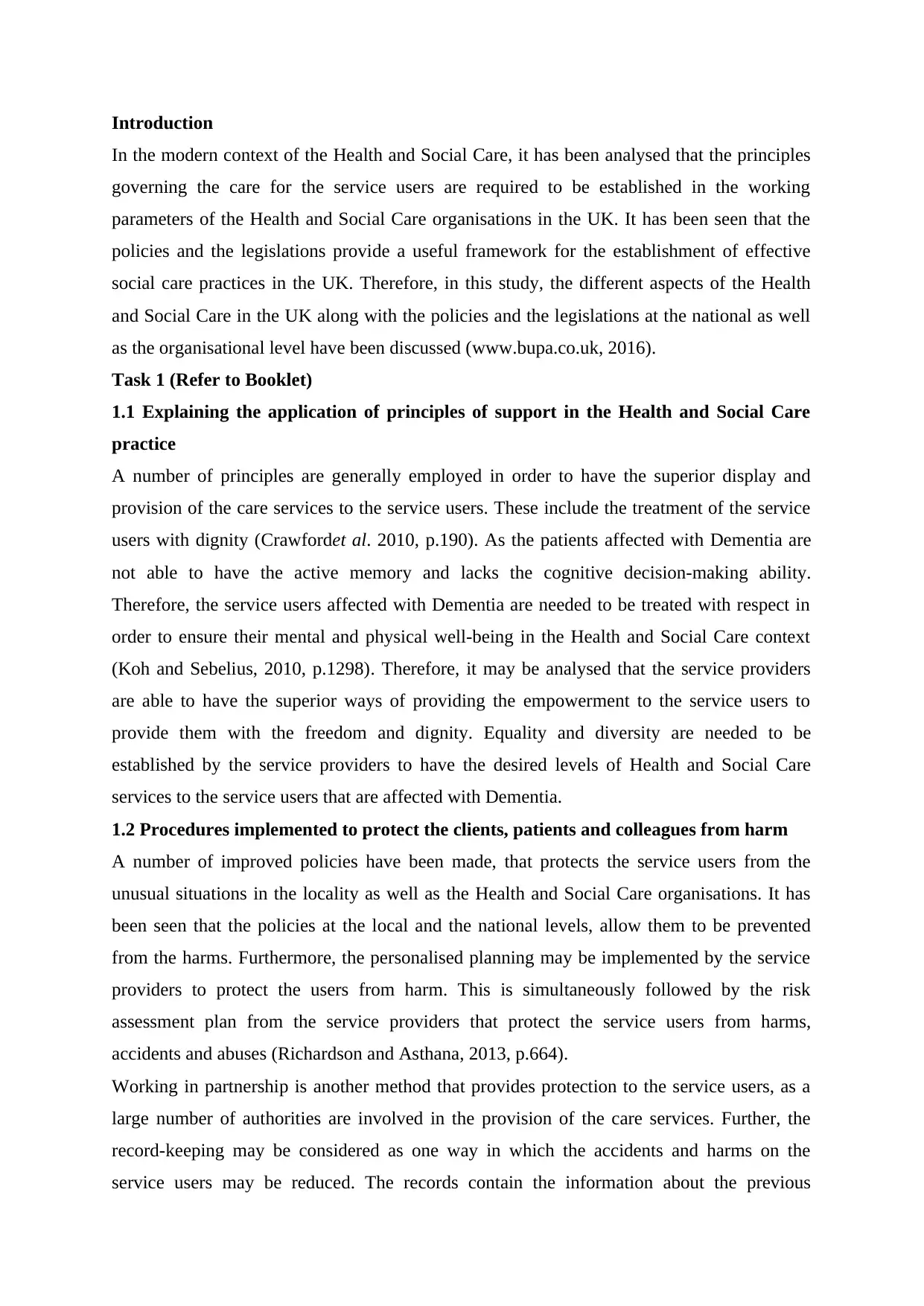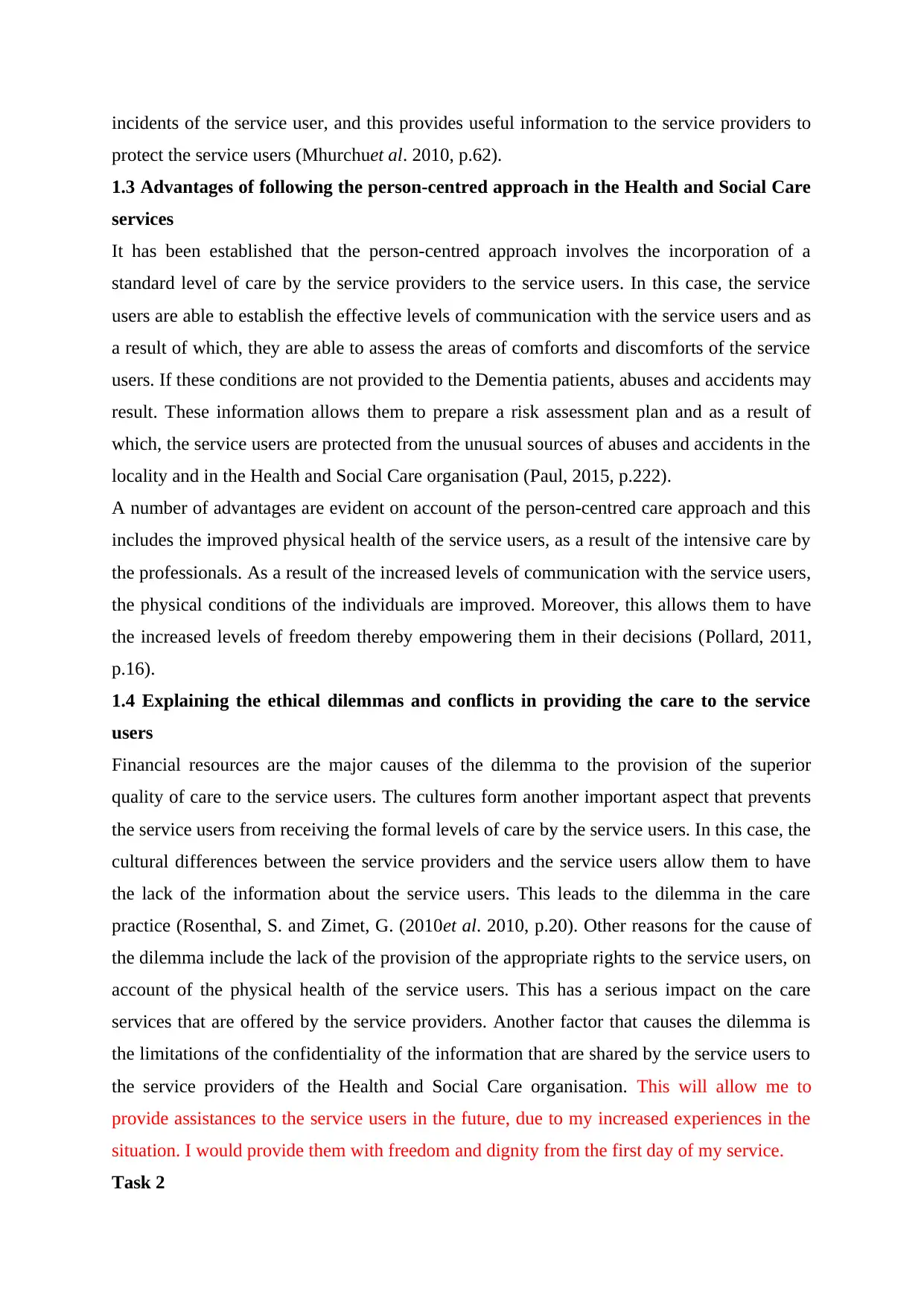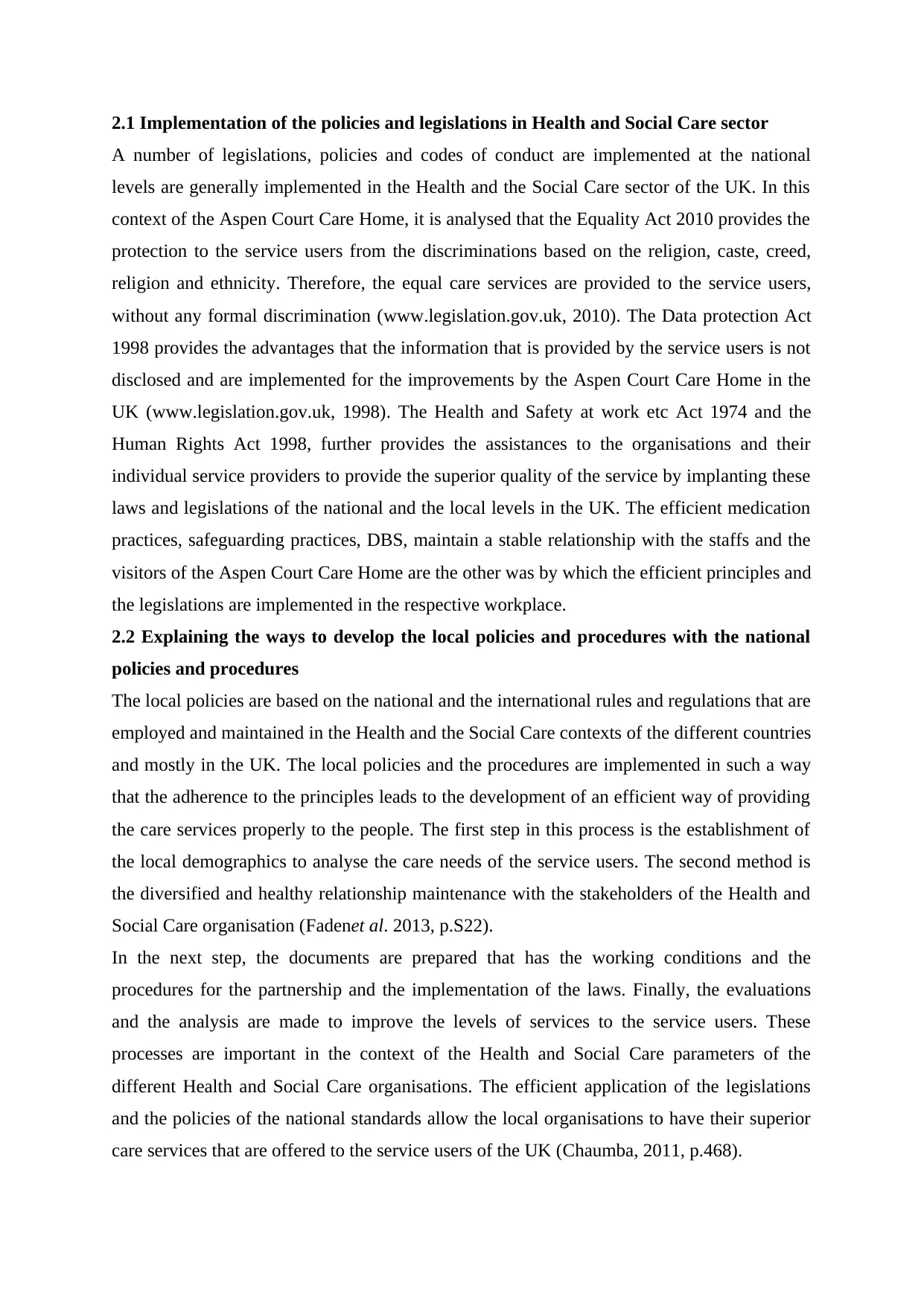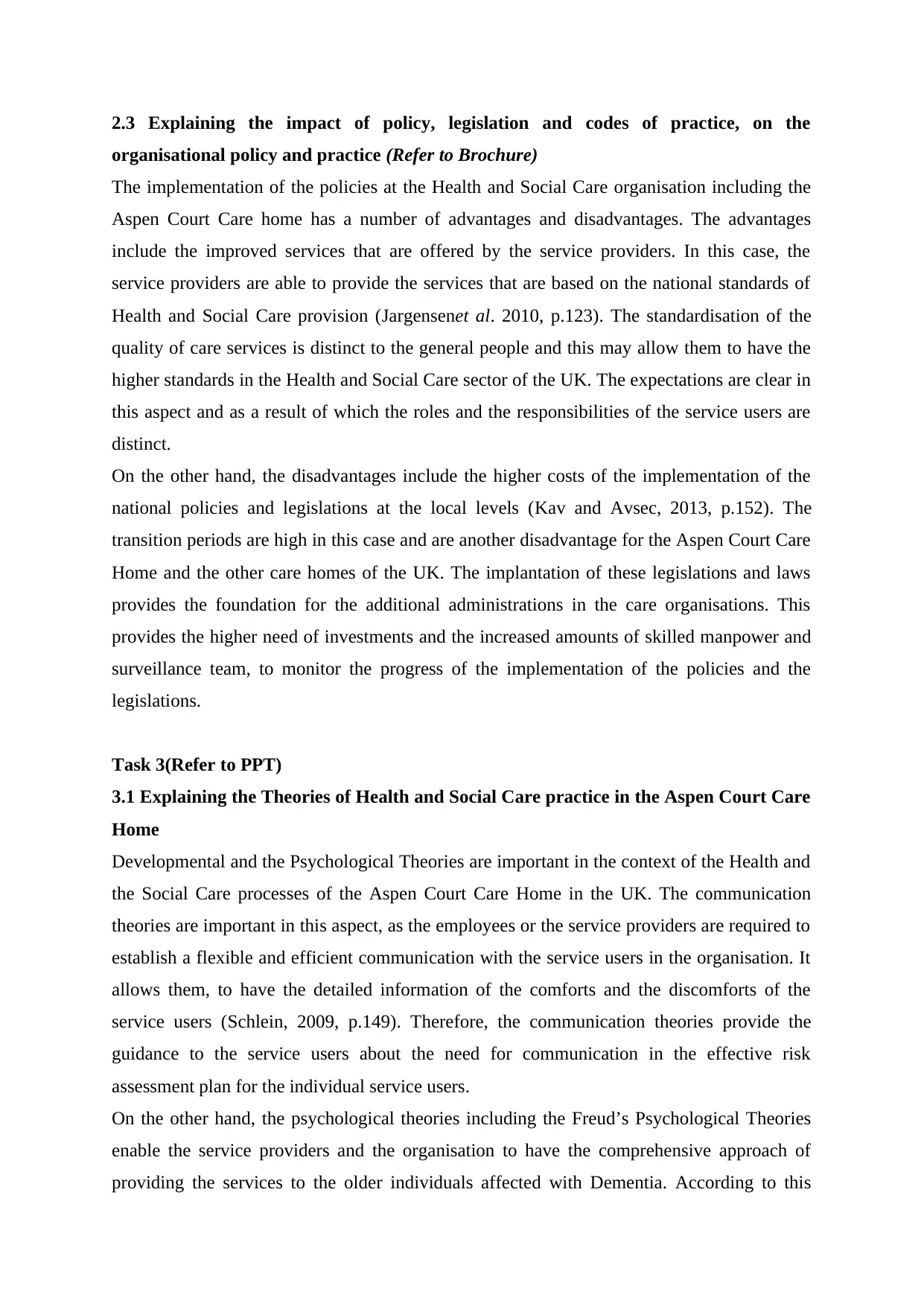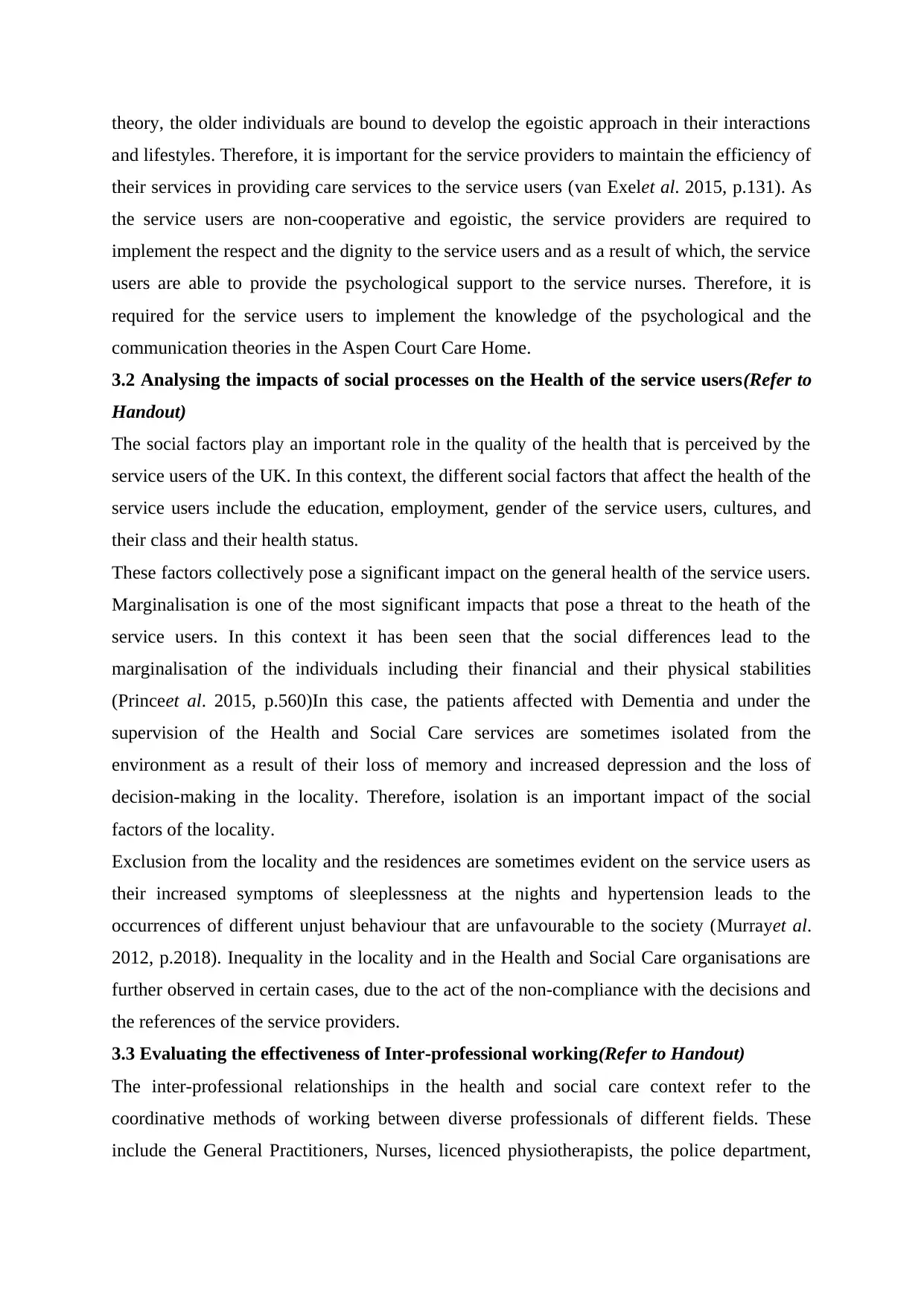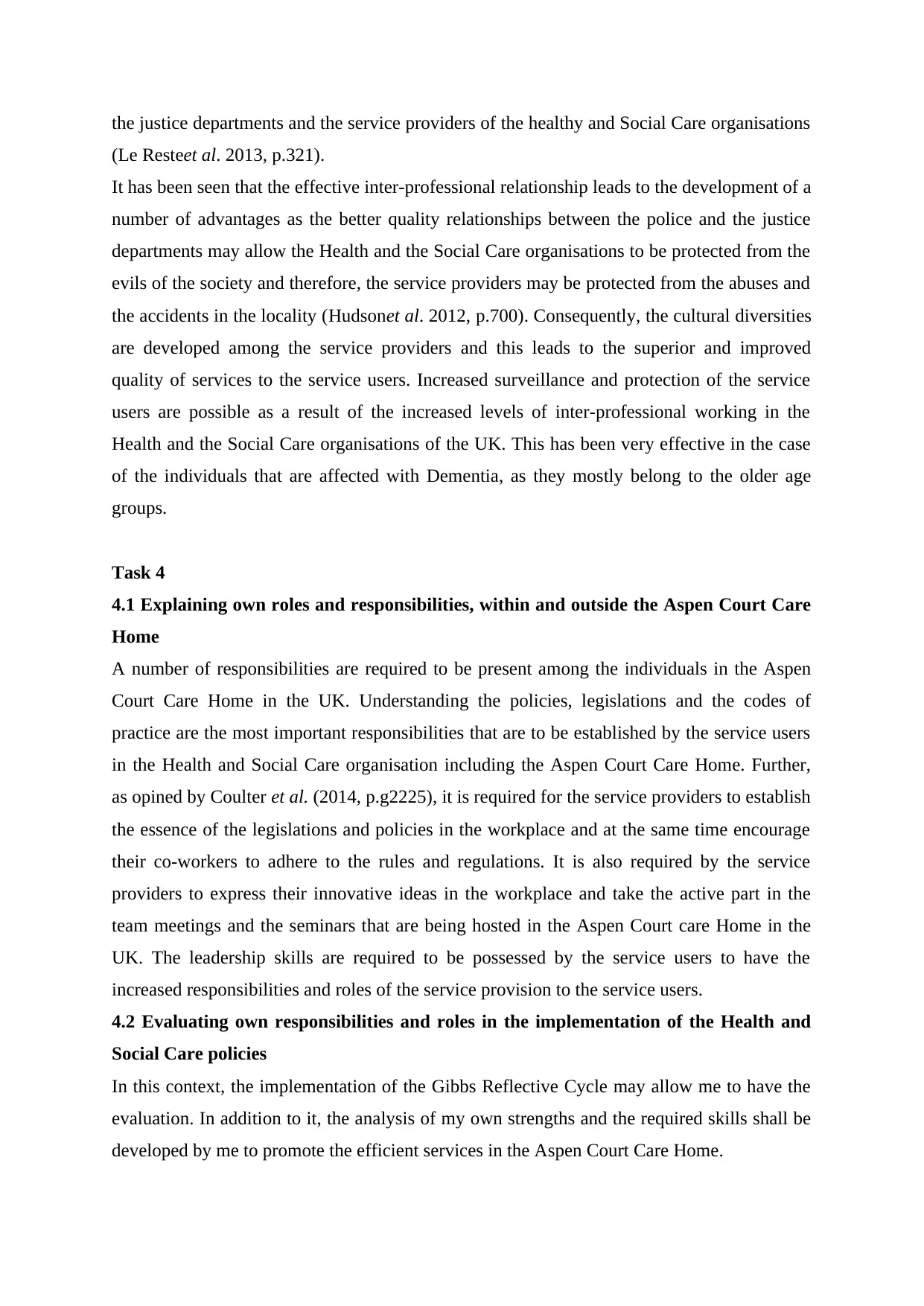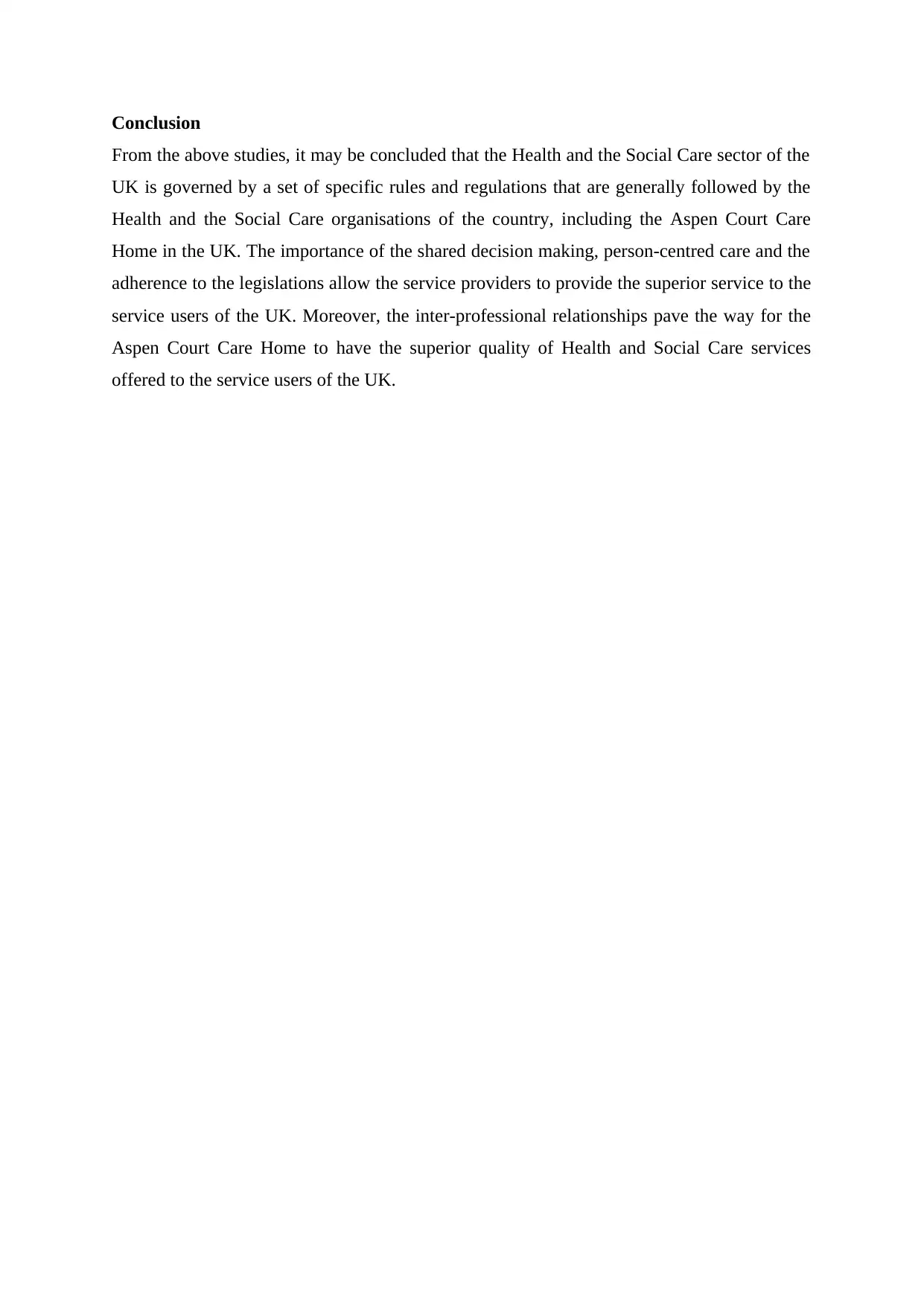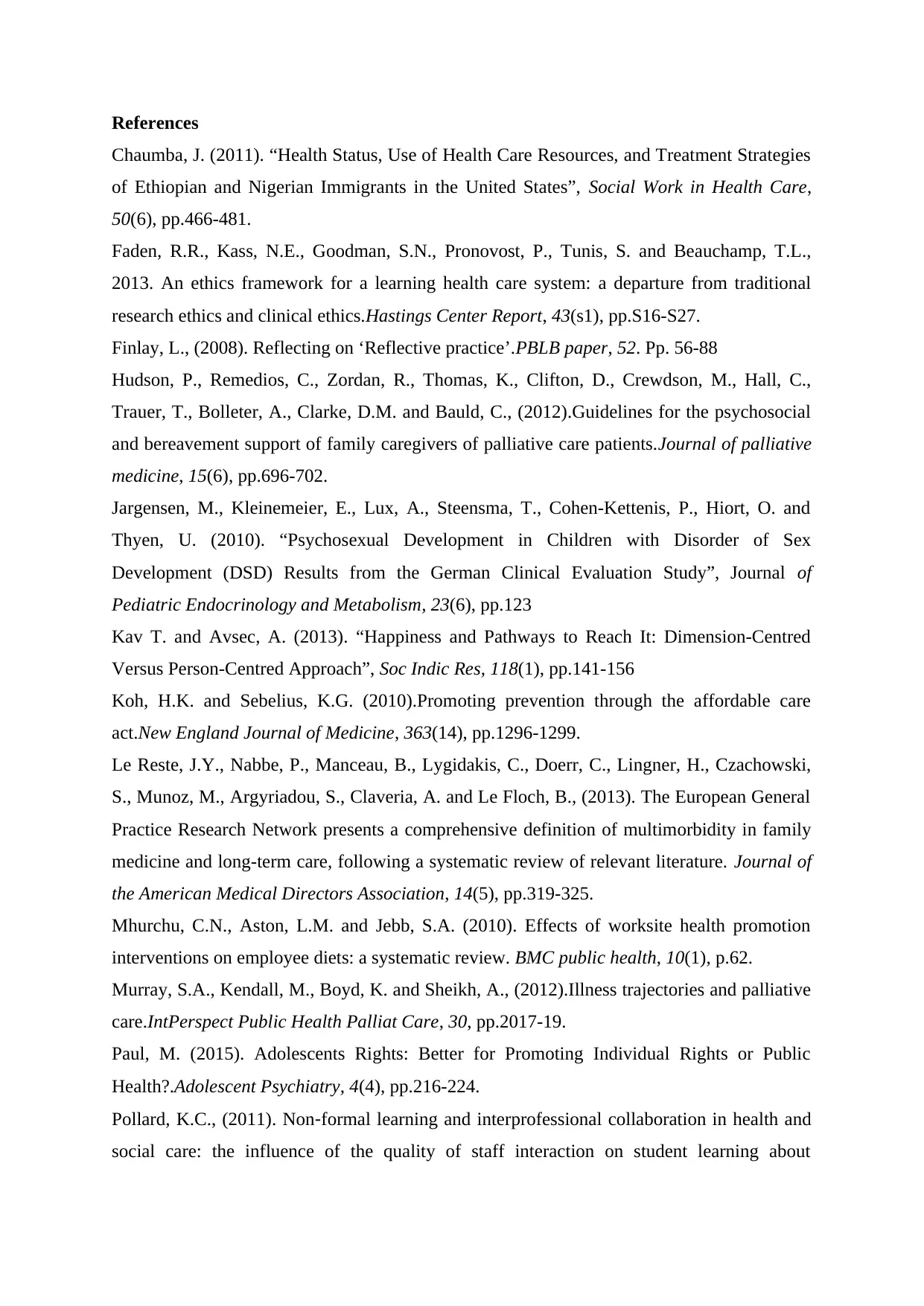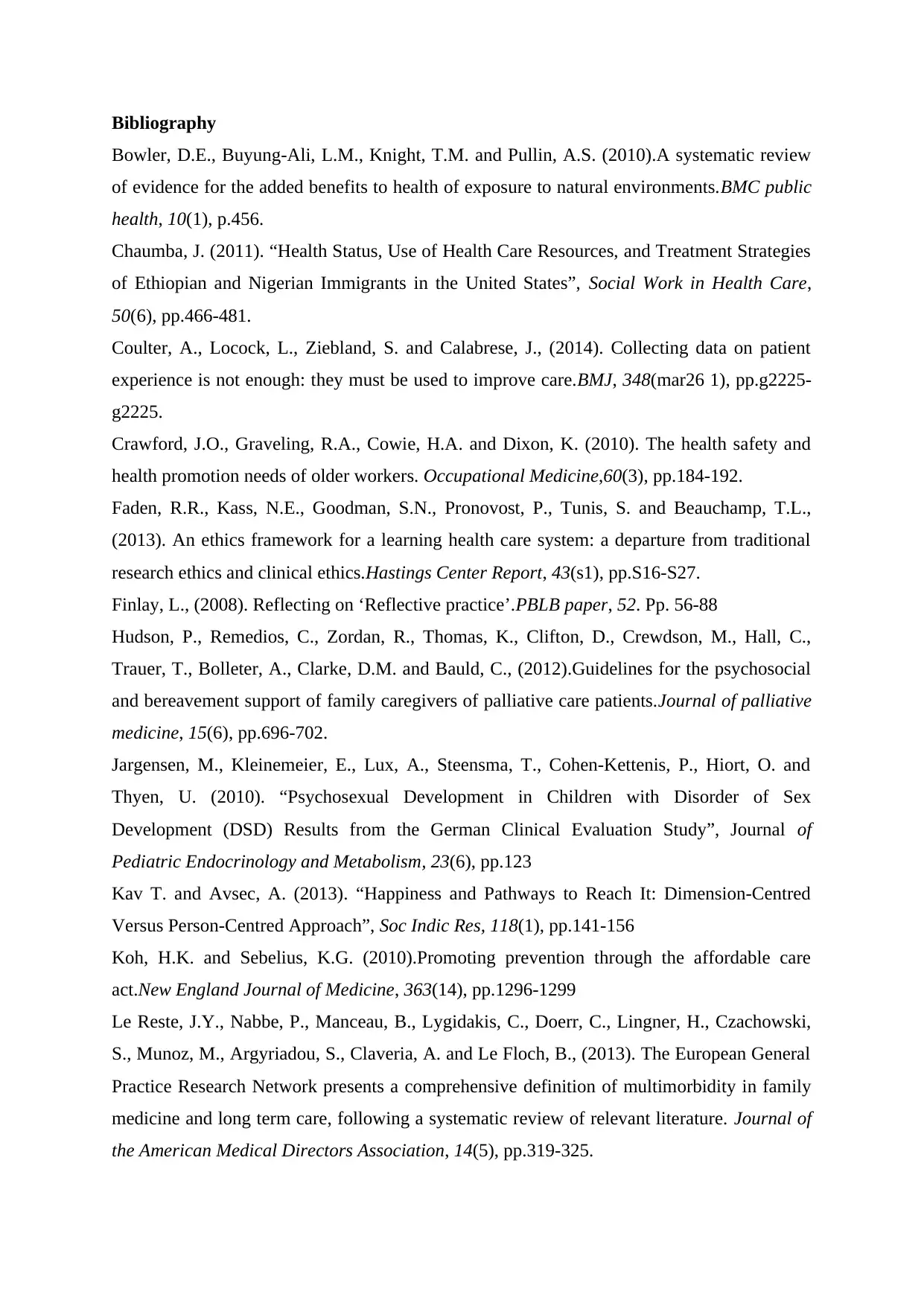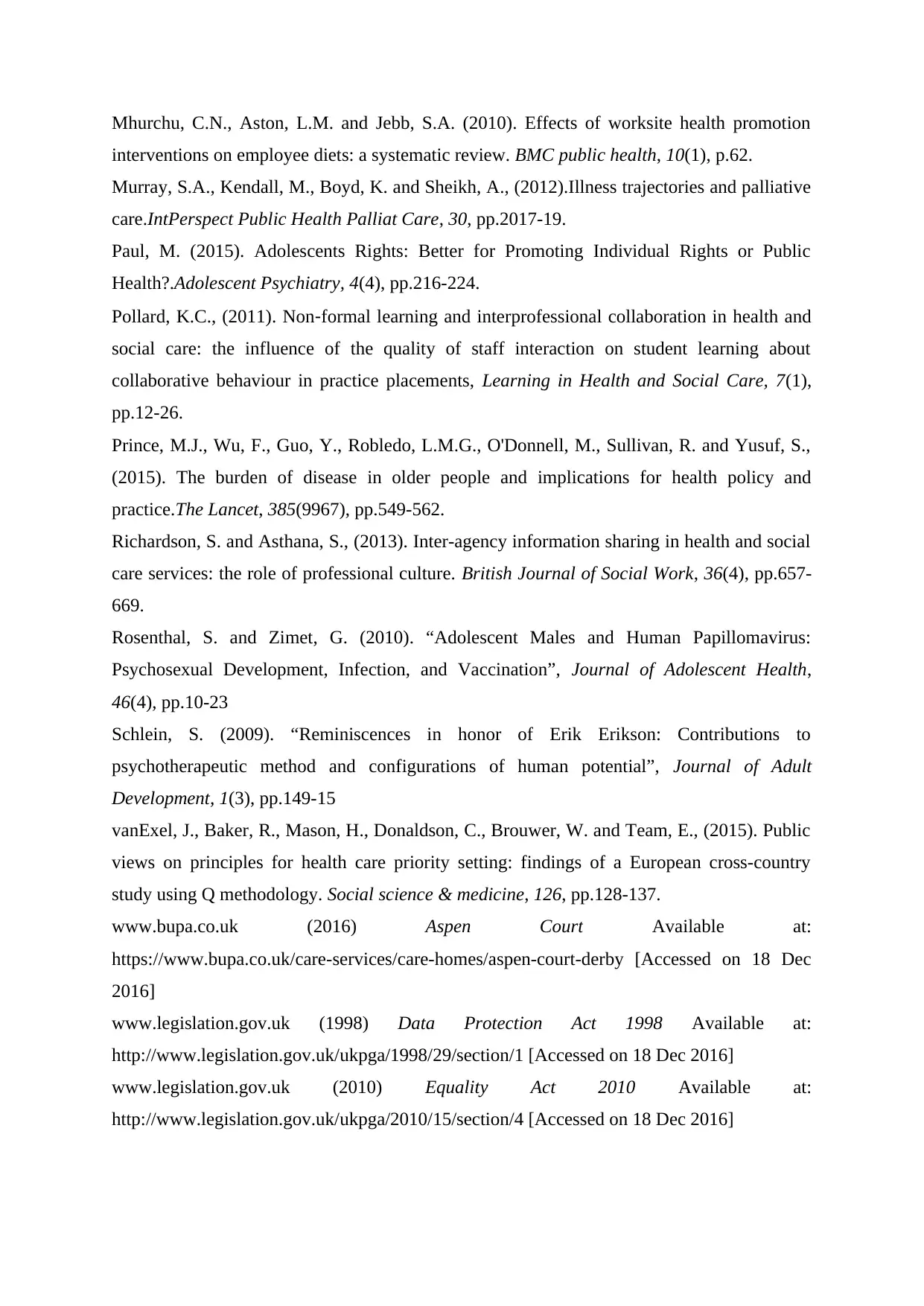The provided content appears to be a collection of academic papers and online resources related to various fields such as pediatric endocrinology, public health, medicine, social work, and psychology. The papers cover topics like psychosexual development in children with disorders of sex development, happiness pathways, multimorbidity definition, worksite health promotion, illness trajectories, palliative care, adolescents' rights, non-formal learning, interprofessional collaboration, the burden of disease in older people, information sharing, and public views on healthcare priority setting. The online resources include a Bupa care services webpage and two UK government websites providing access to laws related to data protection (1998) and equality (2010). Overall, the content suggests a diverse range of topics and themes, likely intended for educational or research purposes.
![[object Object]](/_next/static/media/star-bottom.7253800d.svg)
![[object Object]](/_next/static/media/star-bottom.7253800d.svg)
